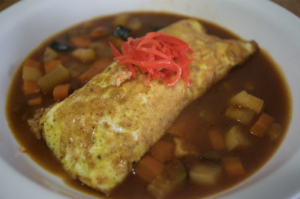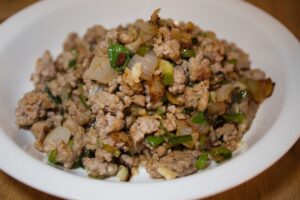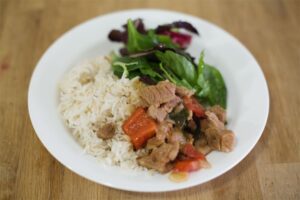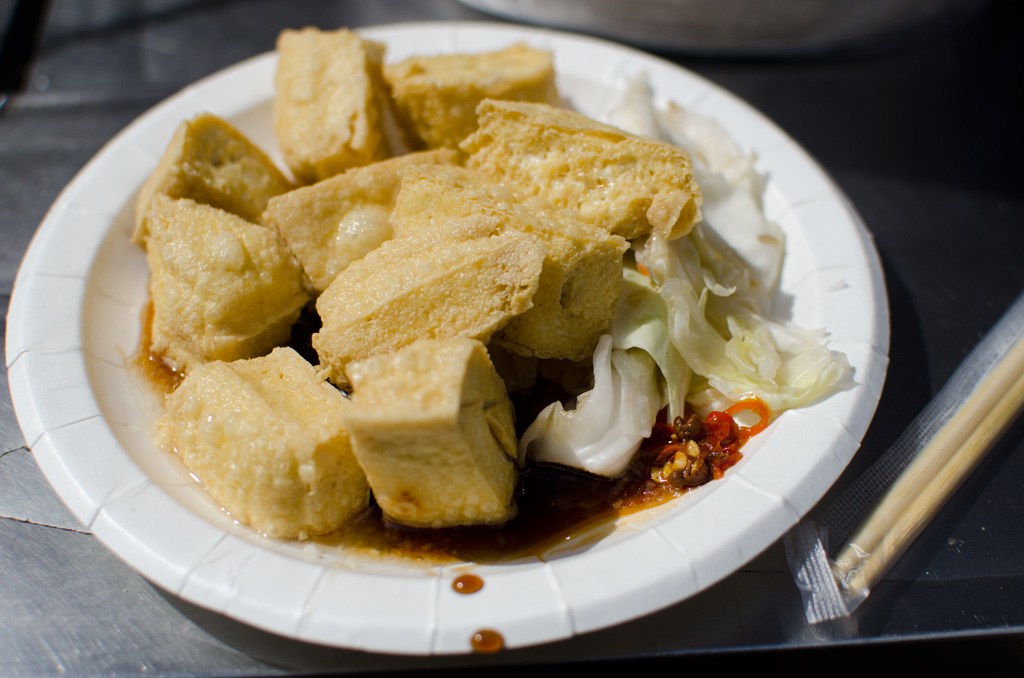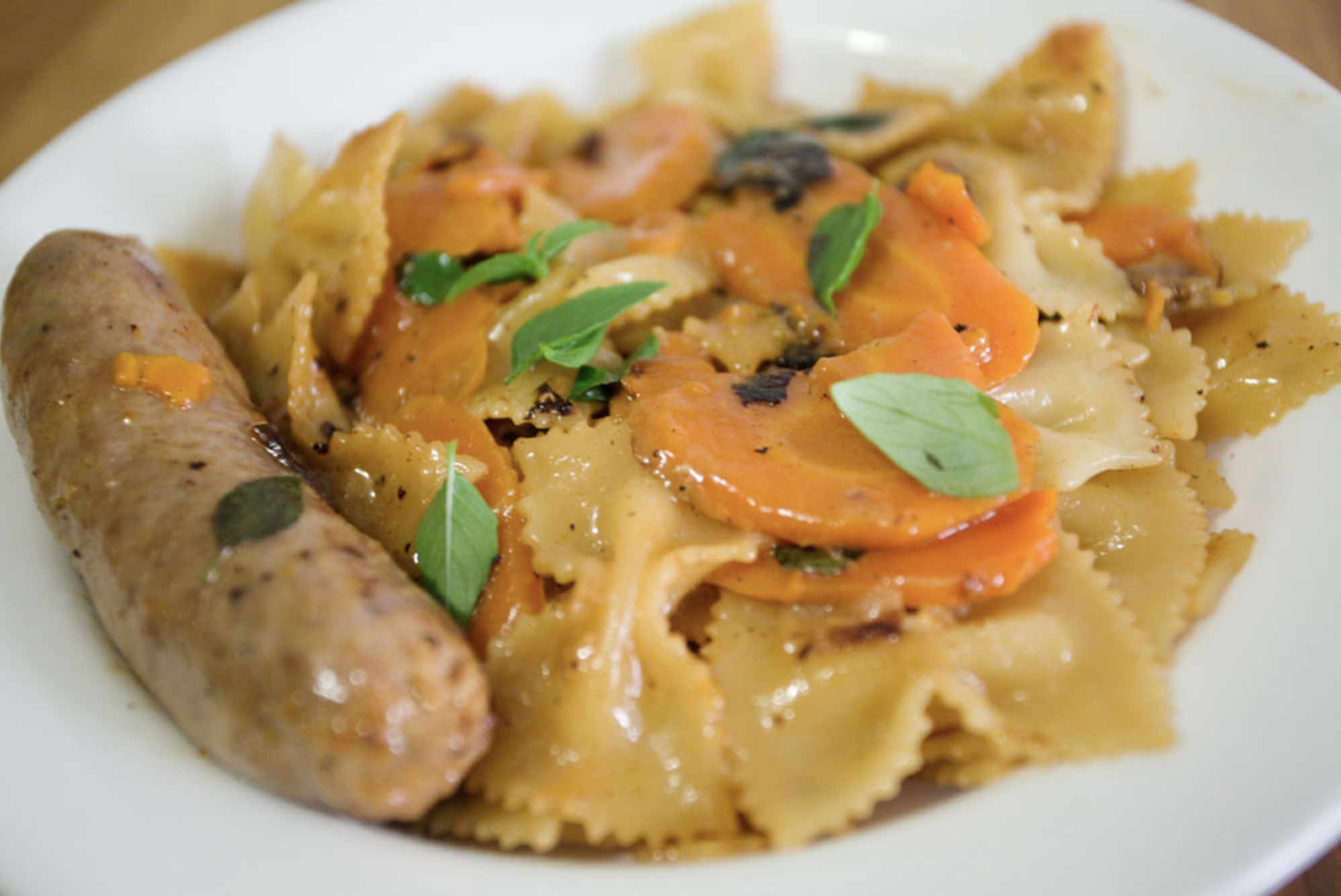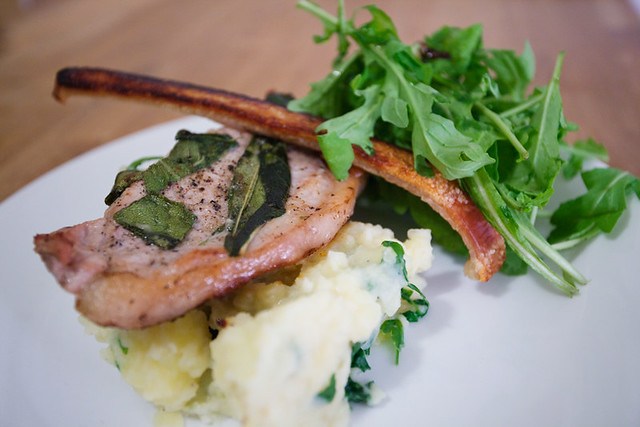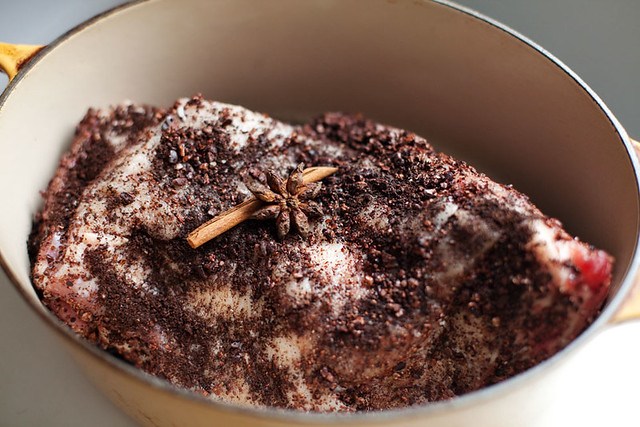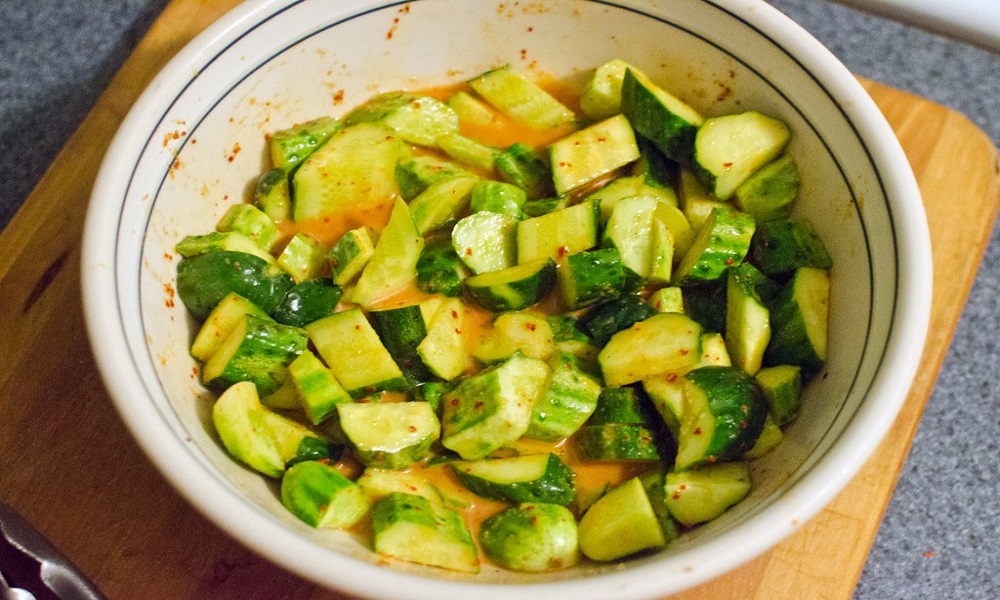As someone who loves experimenting with historical recipes, I recently attempted this ancient Roman asparagus custard from Apicius’s “De Re Coquinaria.” Dating back to the 4th century CE, this dish represents one of the earliest documented asparagus recipes. This recipe serves 4 people, though my experience suggests you might want to make smaller portions for first-time tasters.
I must admit, my first attempt at this historical dish was quite the adventure. While the original recipe seemed straightforward, the combination of wine, eggs, and herbs created an unexpected flavor profile that might challenge modern palates. This modernized version aims to balance authenticity with contemporary tastes.
Alia Patina De Asparagis

A modernized version of an ancient Roman asparagus custard from Apicius's 4th-century cookbook. This unique dish combines fresh asparagus, eggs, and herbs in a savory custard, offering a taste of historical Roman cuisine adapted for contemporary palates.
Ingredients
- 15 fresh asparagus spears
- 6 large eggs
- 1/4 cup white wine
- 3 tablespoons extra virgin olive oil
- 1 small onion, finely chopped
- 2 tablespoons fresh coriander (cilantro)
- 1 teaspoon lovage (or celery seeds)
- 1 teaspoon savory (or thyme)
- 1/2 teaspoon black pepper
- Sea salt to taste
Instructions
- Preheat oven to 350°F.
- Trim asparagus ends and blanch in salted water until tender.
- Shock blanched asparagus in ice water.
- Cut asparagus into small pieces, reserving some tips for garnish.
- Combine chopped asparagus, herbs, and onion in a bowl.
- Beat eggs in a separate bowl.
- Add wine and olive oil to the egg mixture.
- Combine egg mixture with asparagus mixture.
- Season with salt and pepper.
- Oil a baking dish or individual ramekins.
- Pour mixture into prepared dishes.
- Arrange reserved asparagus tips on top.
- Place dishes in a water bath.
- Bake for 25-30 minutes until set.
- Let rest for 5 minutes before serving.
Notes
The success of this dish largely depends on the quality of your asparagus and the balance of herbs. If lovage is unavailable, celery seeds make an acceptable substitute. The custard should be firm but still creamy when done – avoid overcooking as it can become rubbery.
While the original recipe calls for fish sauce (liquamen), this version omits it for modern tastes. For a more authentic experience, you can add a splash of fish sauce or anchovy paste. Serve warm or at room temperature as a side dish or light main course.
Nutrition Information:
Serving Size:
1Amount Per Serving: Calories: 250Total Fat: 18gSodium: 250mgCarbohydrates: 12gFiber: 2.5gProtein: 11g



